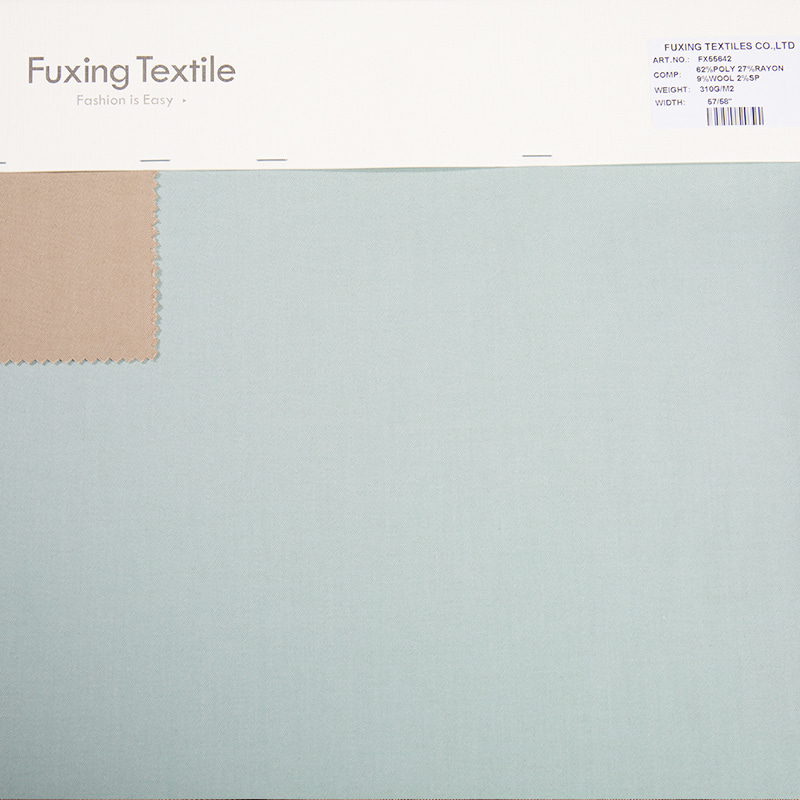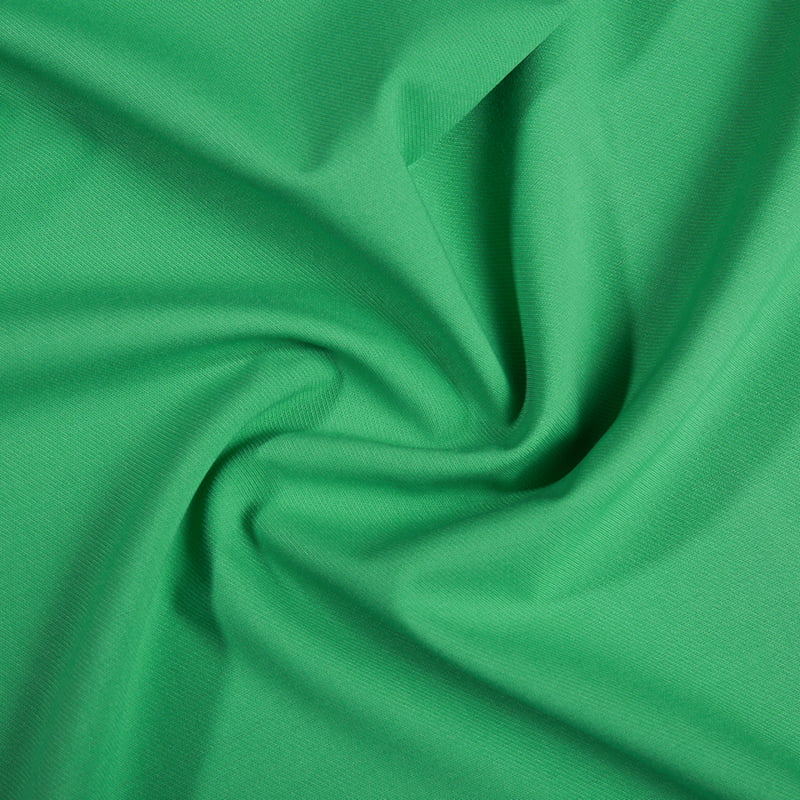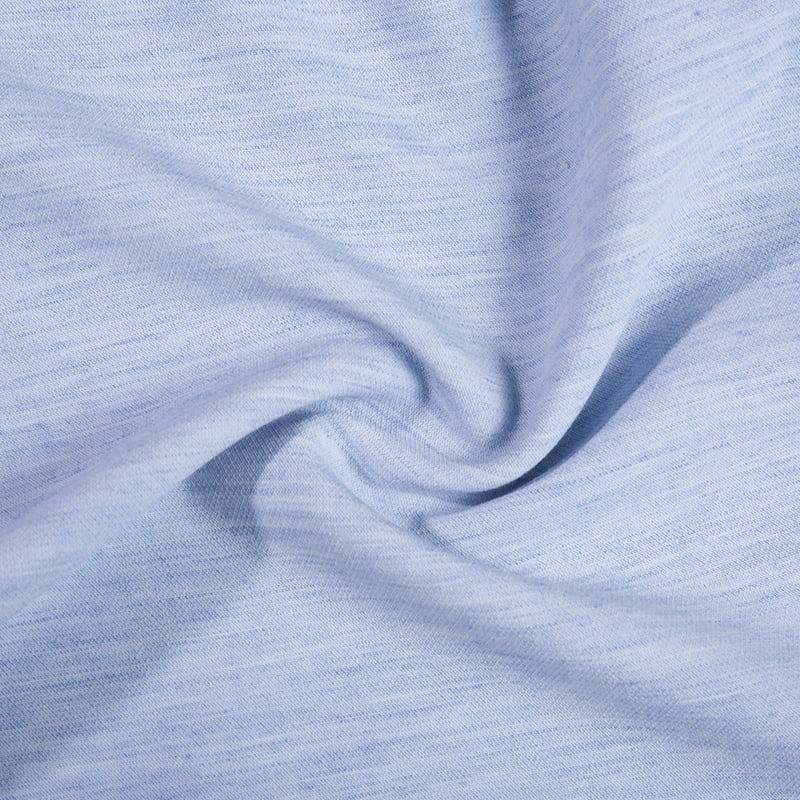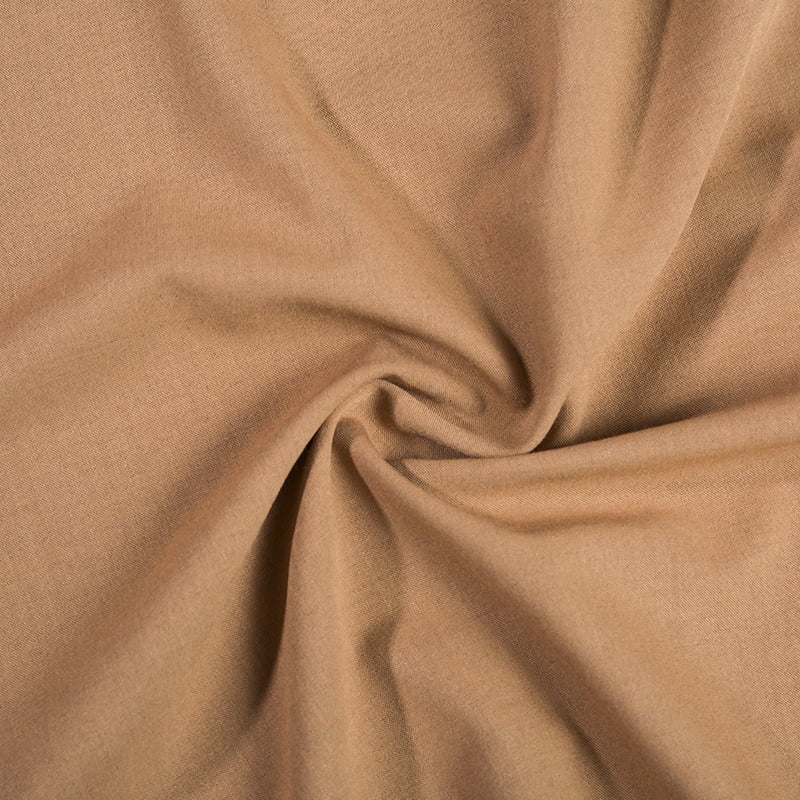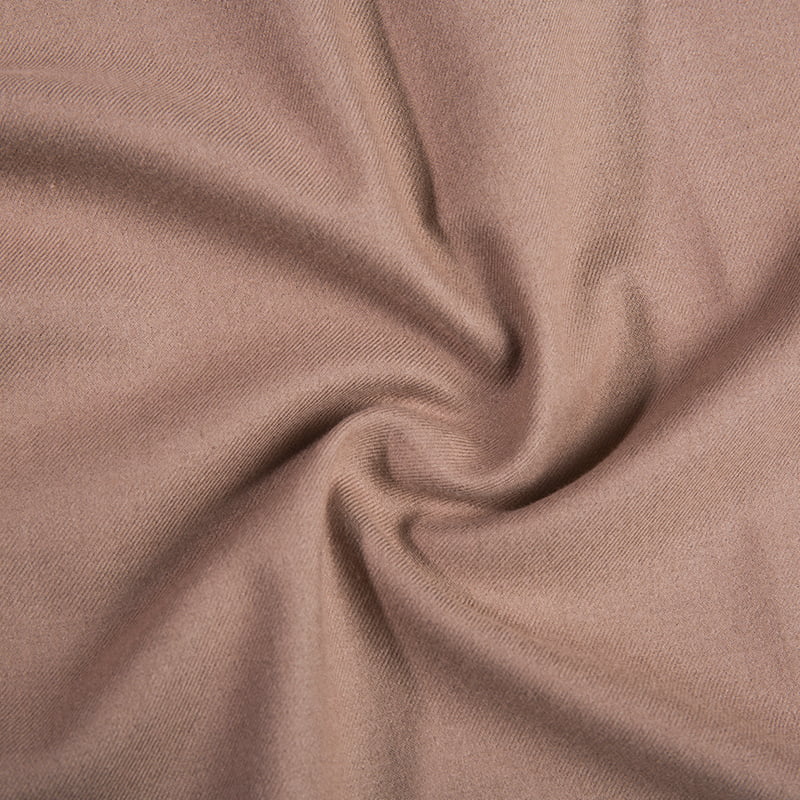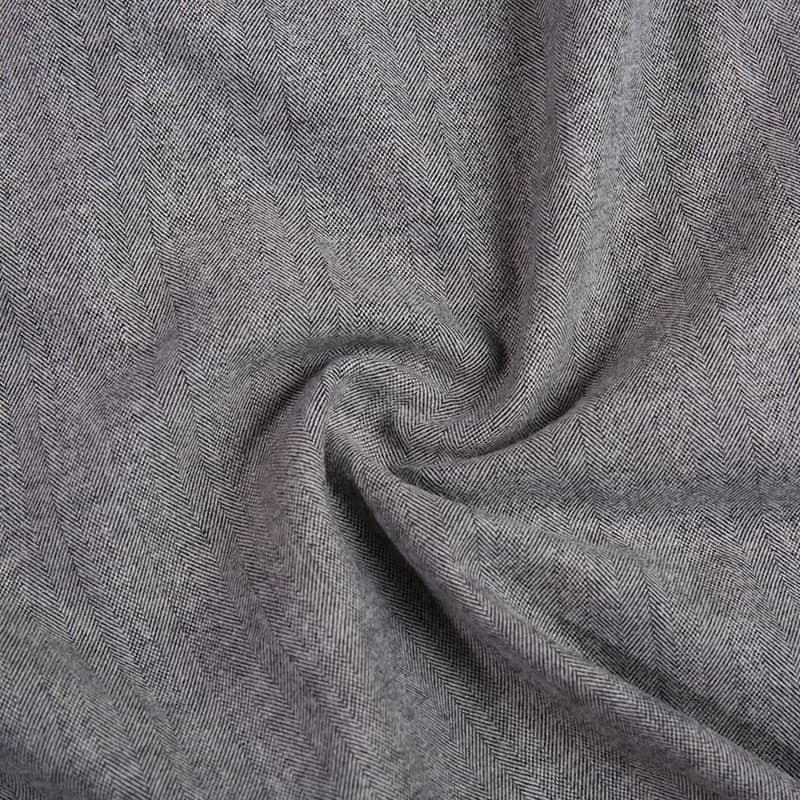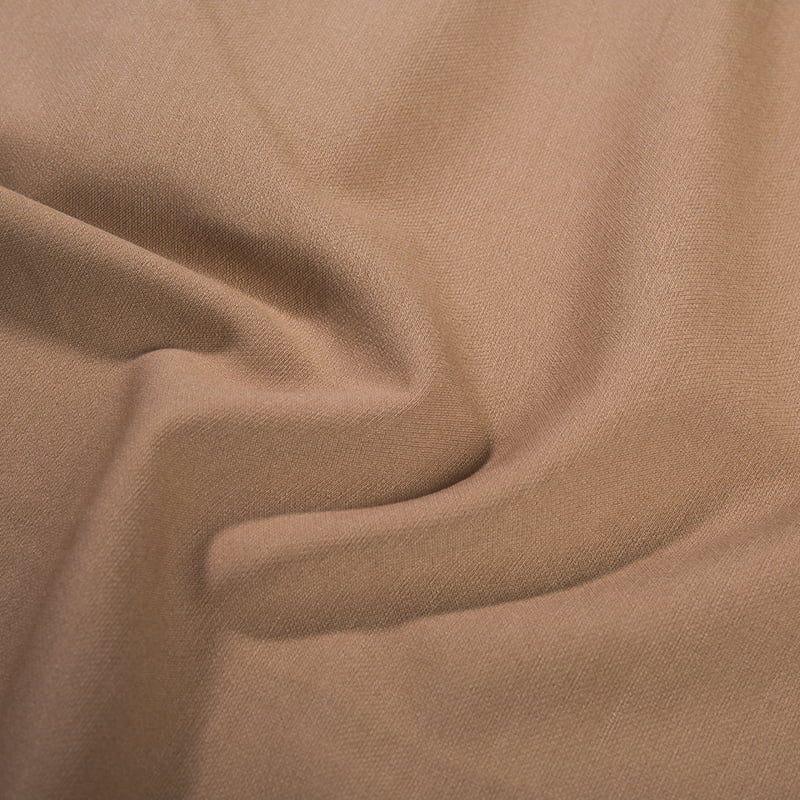How will the vividness and purity of the color of this fabric change over time or after multiple washes?
In the textile industry, the color performance of fabrics has always been the focus of consumers and designers. Reactive dyeing blended fabrics, with their unique dyeing process and fiber structure, have shown extremely high color brightness and purity, and have won wide recognition in the market. However, when this fabric is faced with long-term use or multiple washings, how its color performance will change has become the focus of attention inside and outside the industry.
Reactive printing and dyeing technology, as the key to the color performance of this fabric, ensures the close combination of dyes and fibers. This combination not only ensures the fastness of the color, but also reaches new heights in color brightness and purity. The active groups in the reactive dyes react chemically with the fiber molecules to form covalent bonds, so that the dye molecules are firmly attached to the fibers and are not easy to fall off. Therefore, under normal use and regular washing, the color of reactive dyeing blended fabrics can remain bright and pure for a long time.
However, any fabric will be subject to certain wear and impact during use and washing. For reactive dyeing blended fabrics, long-term use may cause wear and aging of the fibers, thereby affecting the color performance. But it is worth noting that due to the close combination of reactive dyes and fibers, even if the fibers are worn, the dye molecules can still be firmly attached to the fibers and are not easy to fall off. Therefore, after long-term use, the color brightness and purity of reactive dyed blended fabrics can still maintain a high level.
During multiple washings, the fabrics may be impacted by the chemical action of detergents and mechanical forces. For reactive dyed blended fabrics, due to the close combination of dye molecules and fibers, the detergent has less effect on dye molecules. At the same time, during the washing process, the covalent bonds between fibers and dye molecules can resist the impact of mechanical forces and maintain color stability. Therefore, after multiple washings, the color brightness and purity of reactive dyed blended fabrics can still be maintained quite well.
Combined with the above content, it can be obtained that the color brightness and purity of reactive dyed blended fabrics can still maintain a high level after long-term use or multiple washings. This is due to the unique advantages of reactive printing and dyeing technology, which allows the dye to be closely combined with the fiber to form a stable covalent bond. Therefore, consumers can rest assured to choose products made of this fabric and enjoy long-lasting and bright color performance.


 English
English 中文简体
中文简体 日本語
日本語 한국어
한국어 Español
Español русский
русский



